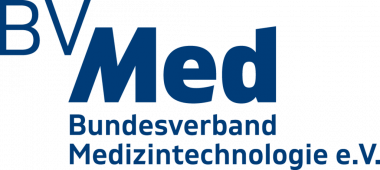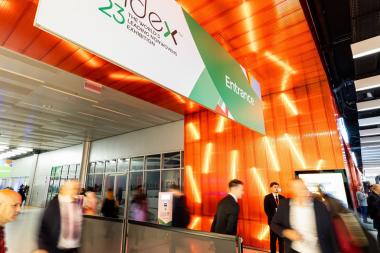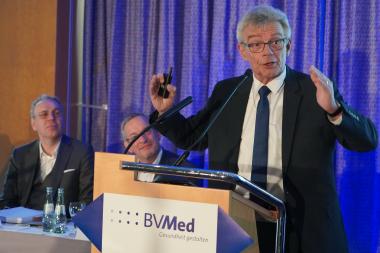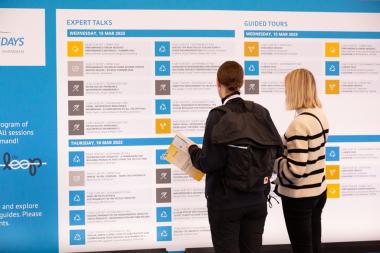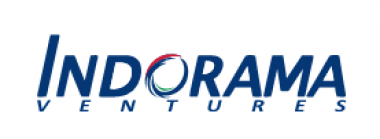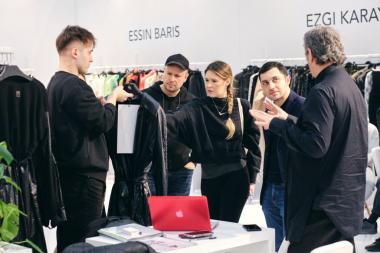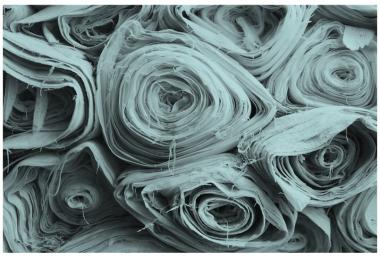BVMed kritisiert GKV-Vertragsentwurf zu Pflegehilfsmitteln
Der Bundesverband Medizintechnologie (BVMed) kritisiert den neuen Vertragsentwurf des GKV-Spitzenverbandes für zum Verbrauch bestimmte Pflegehilfsmittel als rückwärtsgerichtet und überbürokratisch. „Keine Spur von Entbürokratisierung, Digitalisierung oder Nachhaltigkeit. Der GKV-Verband hat die Zeichen der Zeit nicht erkannt und macht das Gegenteil von dem, was notwendig wäre“, so BVMed-Geschäftsführer und Vorstandsmitglied Dr. Marc-Pierre Möll.
Gesetzlich Pflegeversicherte haben bei entsprechender Erfordernis Anspruch auf Pflegehilfsmittel (PHM) in Höhe von bis zu 40 Euro monatlich. Dazu gehören beispielsweise Einmalhandschuhe, Bettschutzeinlagen oder Desinfektionsmittel. Einzelheiten werden in Verträgen der Hilfsmittel-Leistungserbringer mit dem GKV-Spitzenverband geregelt. Zu den Mitgliedern des BVMed gehören neben Herstellern von Medizinprodukten auch Hilfsmittel-Leistungserbringer und Homecare-Versorger, die Patient:innen ambulant unter anderem mit Pflegehilfsmitteln versorgen. Diese Pflegeleistung ist im Gegensatz zu anderen Leistungen unbürokratisch und leicht beantragbar. Die eigentlichen Hürden ergeben sich aus dem Rahmenvertrag des GKV-Spitzenverbandes zur Versorgung und Abrechnung dieser Produkte.
Der BVMed hatte der Krankenkassenseite im August 2022 daher „umfangreiche Handlungsoptionen für Bürokratieabbau, Digitalisierung und Nachhaltigkeit beim Pflegehilfsmittel-Vertrag vorgeschlagen“, erläutert BVMed-Hilfsmittelexpertin Juliane Pohl.
- Zur administrativen Verschlankung schlug der BVMed beispielsweise eine allgemeine Genehmigung der individuellen Versorgung mit Pflegehilfsmitteln über alle Produkte hinweg vor. Einzelne Kassen praktizieren dies bereits und reduzieren damit den Abstimmungsaufwand. Gleiches gilt für die Aufhebung zeitlicher Genehmigungsfristen zur Vermeidung von aufwendigen Folgeprozessen Diese Maßnahmen führen zudem zur Senkung der Verwaltungskosten bei den Pflegekassen.
- Für eine stärkere Digitalisierung und Automatisierung von Prozessen sprach sich der BVMed für eine verpflichtende Einführung eines elektronischen Kostenvoranschlagsverfahrens und die Einführung der papierlosen Abrechnung aus. Aktuell müssen nach Informationen der BVMed-Mitglieder noch rund 50 Prozent der Genehmigungen gegenüber der Pflegekasse in Papierform erfolgen. Ein großer Anteil der Genehmigungen ist zudem befristet, sodass der Aufwand wiederholt anfällt. Dies ist weder nachhaltig noch passt es in die Digitalstrategie der Bundesregierung
Der am 5. April 2023 vom GKV-Spitzenverband vorgelegte Pflegehilfsmittel-Vertragsentwurf ist aus Sicht der BVMed-Expertin vor dem Hintergrund einer notwendigen Entbürokratisierung und Digitalisierung dagegen eine einzige Enttäuschung. „Er erhöht die teilweise analogen Dokumentationspflichten, hält an analogen Prozessen zum Kostenvoranschlag und zur Abrechnung fest oder fordert sogar neue Dokumente in Papierform, bläht Prozesse damit auf und verursacht damit vermeidbare Aufwände und ökologische Kosten auf Seiten der Leistungserbringer und der Pflegekassen“, so Pohl. „Wir brauchen endlich auch bei den Pflegehilfsmitteln schlankere, digitale und nachhaltige Prozesse, die eine zeitnahe Versorgung der Betroffenen ermöglichen und einen optimierten Ressourceneinsatz gewährleisten“, fordert der BVMed
BVMed | Bundesverband Medizintechnologie e.V.


